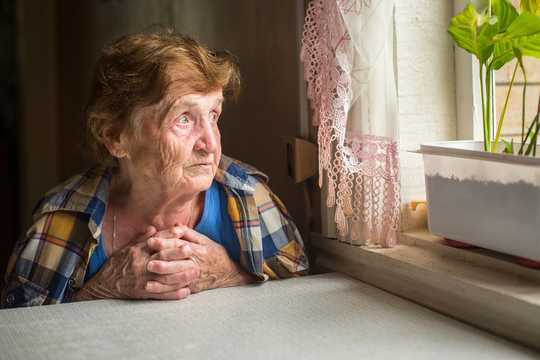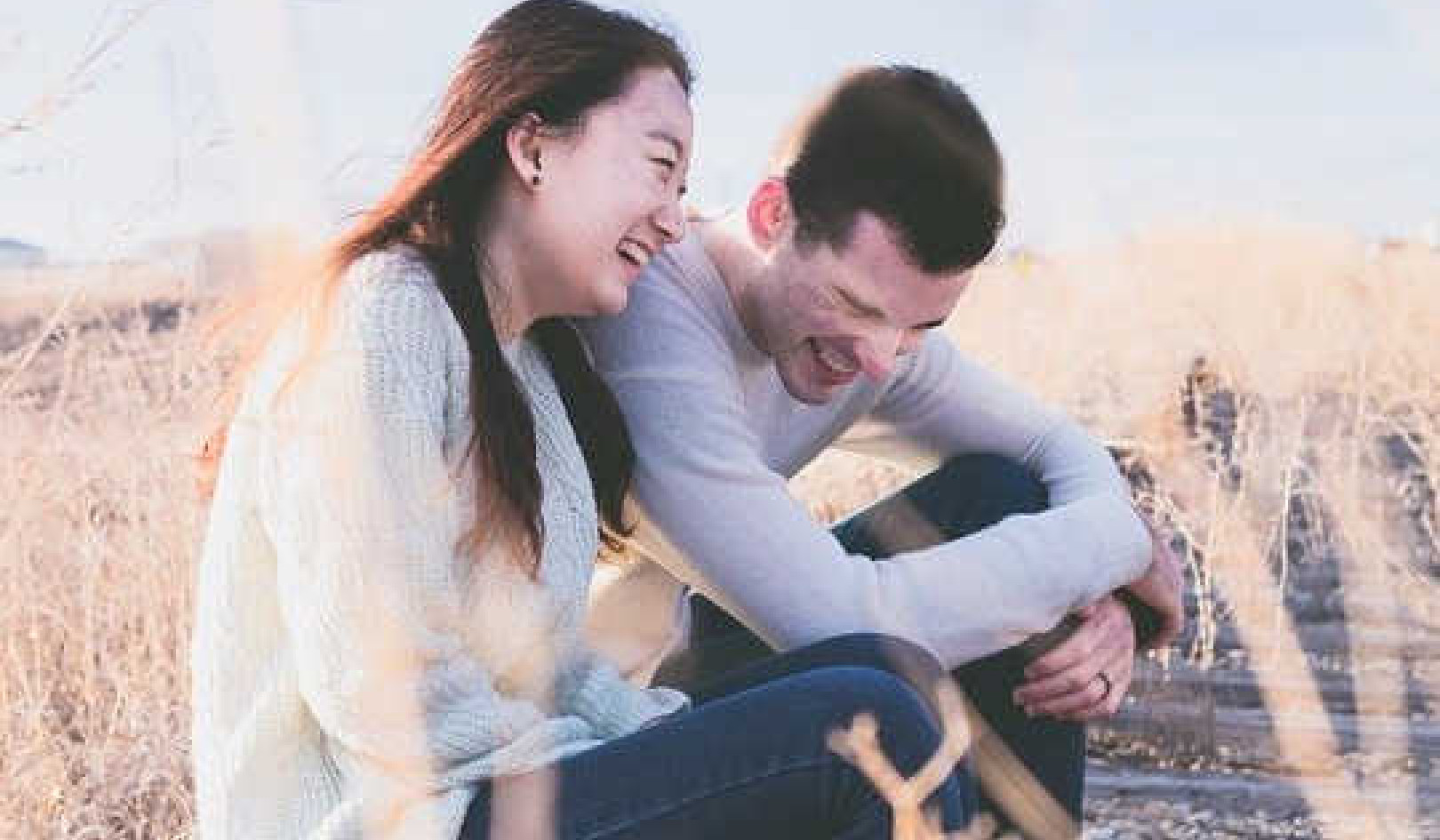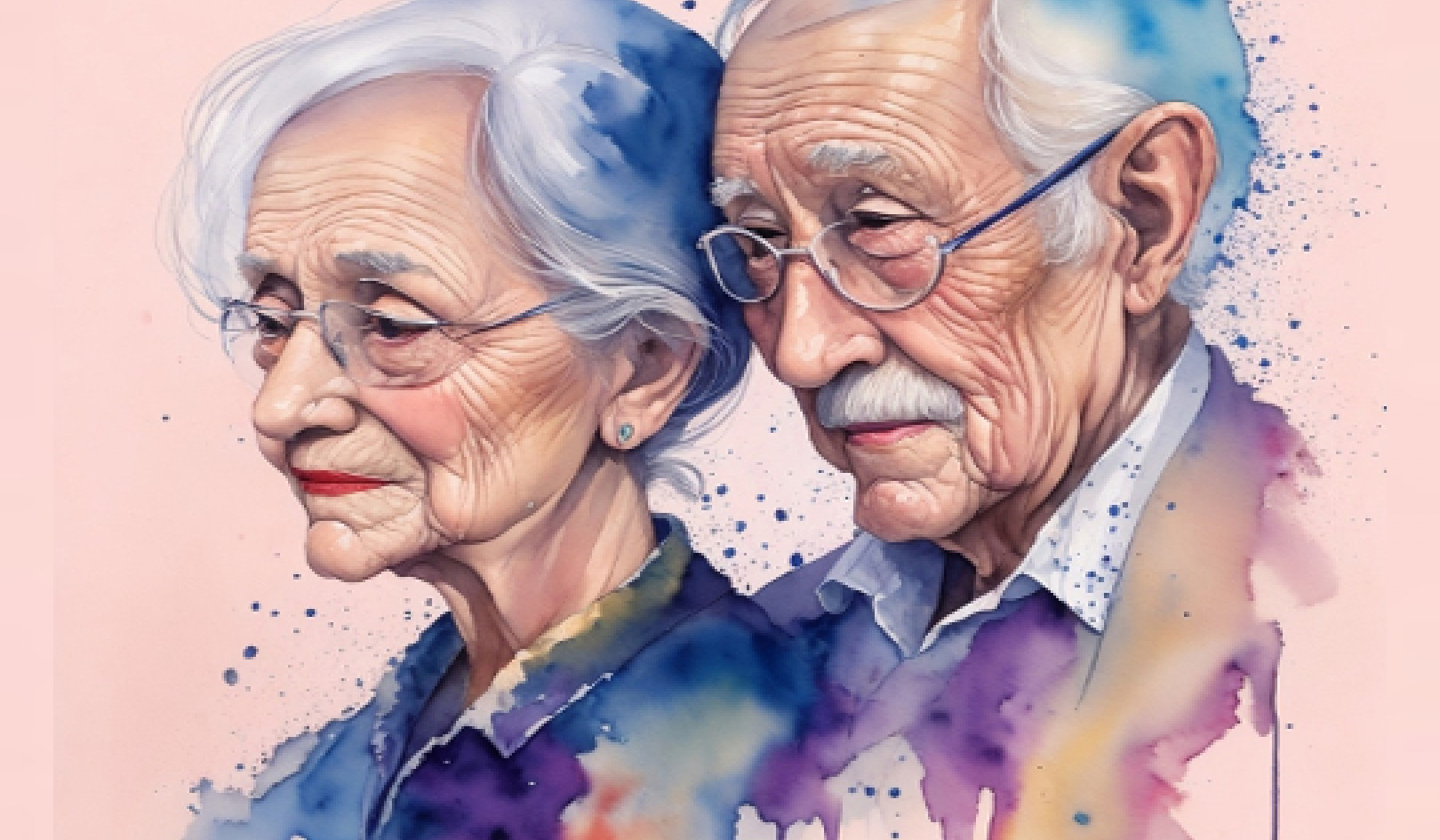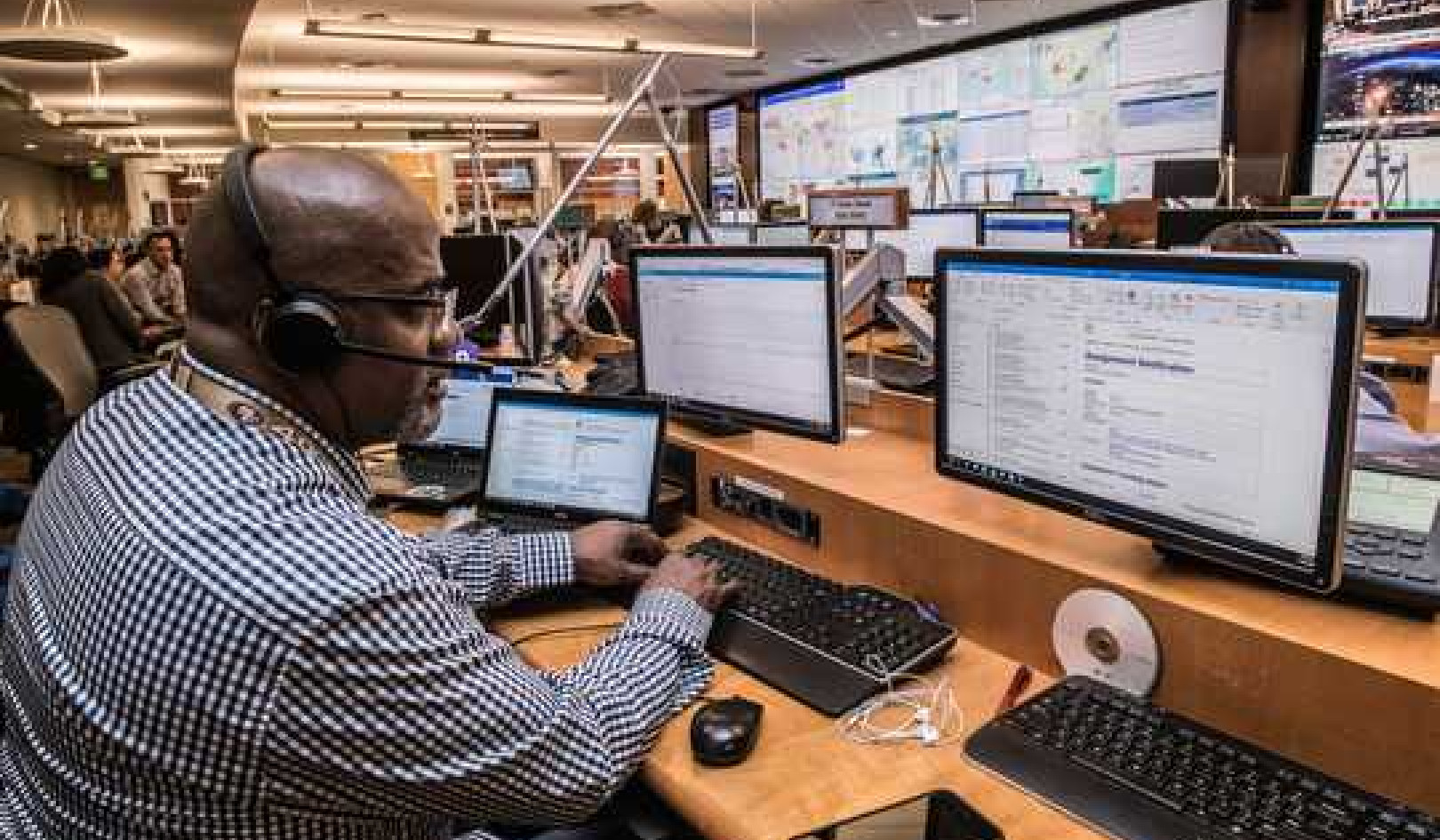When we look in the mirror we see “me”: a particular combination of features that matches our idea of who we are. We also feel the sensation that the movement of the self in the mirror is under our control – we have a sense of agency and ownership of the mirror image.
But the self we connect with in the mirror extends beyond the moment. Although our features age, we perceive the self in the mirror to be intimately connected to the child, the teenager, the young adult, that once stood before us in our reflection. We see them as the same person who will move forward into the future – the main character in the story of our lives.
This is surprising, since the self in the mirror is not only physically distinct from the self of the past, or the self of the future (our cells constantly age and replace), but cognitively distinct. Our mental processes mature, our choices, dreams and aspirations change – even our personalities are in constant flux.
So our perception of the self as a stable entity is illusory. The human mind is designed to tell us a coherent story of the world, consistent with past experience. Where there are gaps to be filled, the mind fills them. This is what leads some researchers and philosophers to think of the self as the ultimate illusion. But how does the “self-illusion” develop, and what happens when it dissolves?
Infancy and memory
We are born subjective agents, capable of feeling sensations, experiencing positive and negative emotions and intentionally guiding our own actions. But it is not until the end of infancy that we are able to step outside of this first-hand experience of the self, cognitively reflecting on ourselves from a second-person perspective, as neatly illustrated by the onset of mirror self-recognition at two years of age.
The idea of “me” first captured by mirror recognition is made up of factual self-knowledge (including information about our physical features and personality traits) and autobiographical self-knowledge (including information about events which have happened to us in the past, and events planned for the future).
The “me” inherent in memory was recognised by early philosophers including Hume and Locke, and the relation between self and memory continues to guide modern theories of autobiographical processing. The close link between self and memory provides one explanation for the riddle of “childhood amnesia” – the fact that adults have no enduring memories prior to the age of two years.
Until children have an idea of “me” that enables them to anchor event memories, they are unlikely to be able to start to build and retrieve a personal life narrative. Our research measured four to six-year-old children’s factual self-knowledge by asking them to provide self-descriptions, alongside their ability to “label” memories as their own (for example by recalling which of a set of actions they had performed, or which pictures had appeared with their own face). Together, these capacities were predictive of their ability to retrieve specific, autobiographical details of their lives (such as a full narrative of their first day of school or nursery).
Our research therefore provides strong support for the idea that the development of autobiographical memory is dependent on the wider development of self-representation. But what does this close relationship between self and memory mean for the sense of self in old age, when memory may decline?
Dementia and the breakdown of self-recognition
Around one in three people born in 2019 will suffer from dementia in their lifetime. One of the most distressing symptoms of this condition is the feeling of identity loss associated with the decline of autobiographical and/or factual self-knowledge.

One of the most distressing things about dementia is losing one’s sense of autobiographical identity. Shutterstock
Fundamental breakdowns in self-recognition have been reported in late-stage dementia. Some sufferers fail to recognise themselves in photographs or mirrors, unable to connect their current experience of self to the self of the past. Does this breakdown in the self-illusion suggest that the self is lost? Not if we use the model of development to recognise the importance of agency – the first building block of the self.
The majority of dementia studies have focused on the link between conceptual self-recognition or autobiographical processing and identity, neglecting the idea of agency. However, behaving intentionally and having our intentions recognised by others is fundamental to our first experience of selfhood.
Despite infants’ relatively limited social repertoire, positive interactions that reinforce agency (such as soothing emotions and engaging in early conversations) are easily supported by parents and caregivers and are thought to be at the root of secure attachment relationships. Could this nurturing approach also be applied at the other end of the lifespan to maintain connections between people?
We are currently planning a series of studies to explore this possibility. The first step is to establish whether the dissolution of self follows the same steps as its development. If access to higher level self-representation (such as factual and autobiographical self-knowledge) is lost first, feelings of agency may be the last remaining facet of self.
If this is the case, ultimately it will be important to find ways to positively reinforce dementia sufferers’ experience of their own actions (for example, by providing them with simple opportunities to have a positive effect on the world, such as moving their arms to activate music) and their emotional connection with caregivers (soothing negative emotions, laughing together), over and above conceptual aspects of self (such as prompts to recall self-knowledge).
Although our second-person perspective on self may be illusory and we all experience ageing, our bodily self and the sense of agency it entails is built to make connections with the world, and carry us from cradle to grave.![]()
About the Author
Josephine Ross, Lecturer in Developmental Psychology, University of Dundee
This article is republished from The Conversation under a Creative Commons license. Read the original article.

Related Books:
The New Aging: Live Smarter Now to Live Better Forever
by Dr. Eric B. Larson
This book offers practical advice for healthy aging, including tips for physical and cognitive fitness, social engagement, and finding purpose in later life.
Click for more info or to order
The Blue Zones Kitchen: 100 Recipes to Live to 100
by Dan Buettner
This cookbook offers recipes inspired by the diets of people in the world's "blue zones," where residents commonly live to 100 or older.
Click for more info or to order
Aging Backwards: Reverse the Aging Process and Look 10 Years Younger in 30 Minutes a Day
by Miranda Esmonde-White
The author offers a series of exercises and lifestyle changes to promote physical fitness and vitality in later life.
Click for more info or to order
The Longevity Paradox: How to Die Young at a Ripe Old Age
by Dr. Steven R. Gundry
This book offers advice on healthy aging, including tips for diet, exercise, and stress management, based on the latest research in longevity science.
Click for more info or to order
The Aging Brain: Proven Steps to Prevent Dementia and Sharpen Your Mind
by Timothy R. Jennings, MD
The author offers a guide for maintaining cognitive health and preventing dementia in later life, including tips for diet, exercise, and stress management.

























